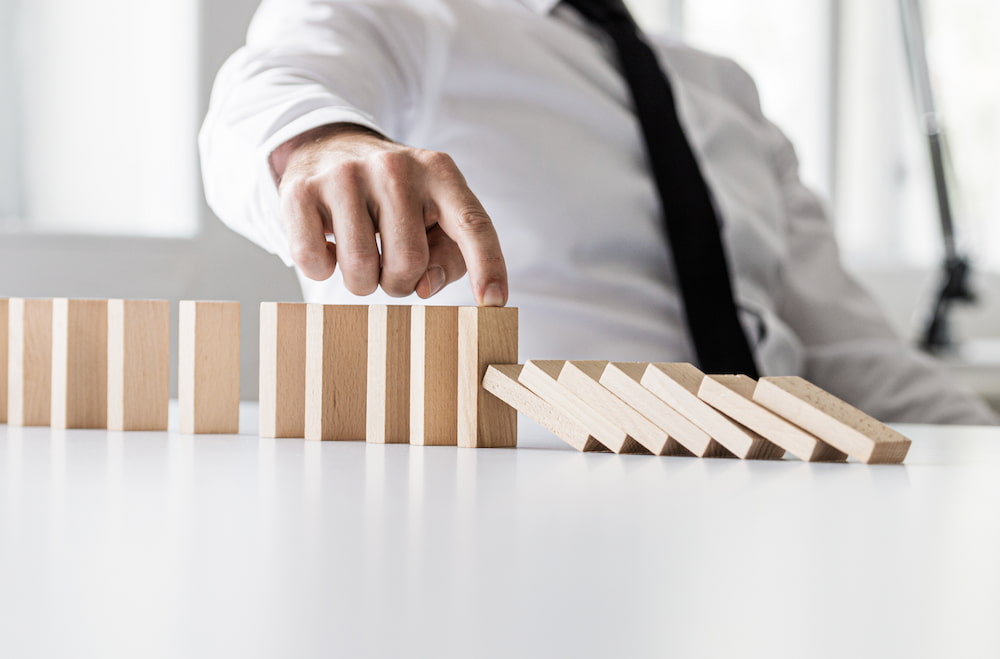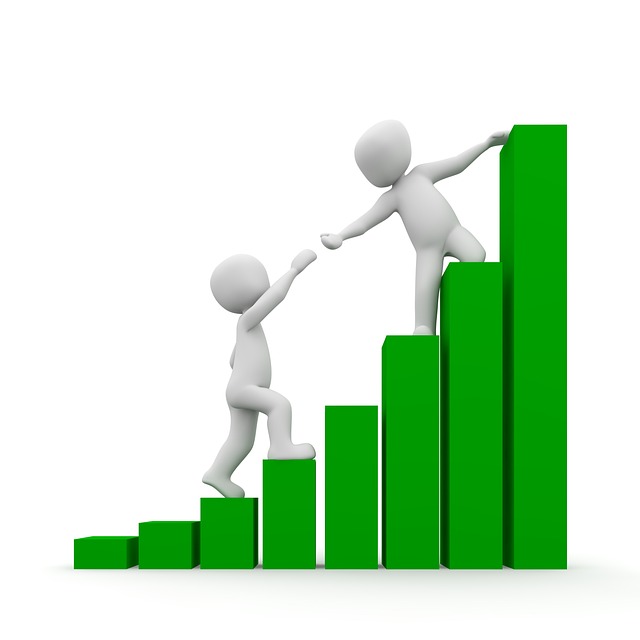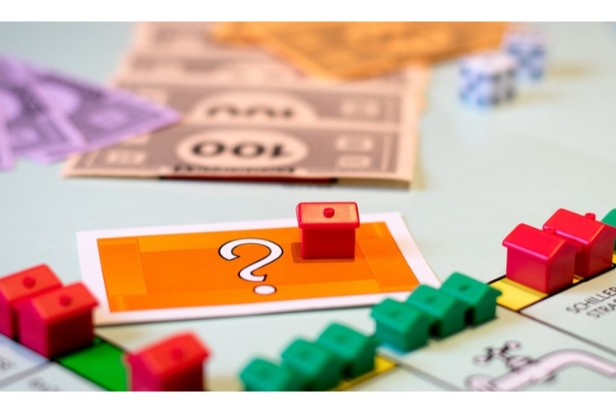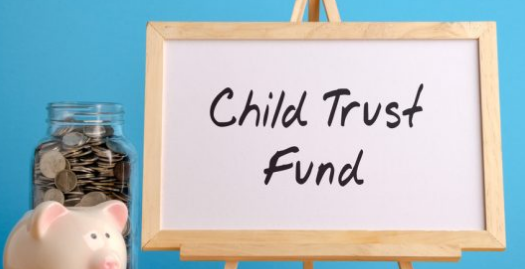
An economic downturn is defined as two or more quarters in a row where the GDP has experienced negative growth.
High interest rates, a slowdown in manufacturing, the bursting of an asset bubble, a decline in real estate values, or credit crunches can all lead to recessions.
How long does a recession last? Since World War II, the typical recession lasted about 11 months.
For more information, continue reading.
Table of Contents
What is a Recession?
Two consecutive periods of declining gross domestic product are frequently used to identify a recession as a period of consistent economic contraction.
The depth, diffusion, and duration of a recession are the three criteria used by the National Bureau of Economic Research to determine when an official recession has begun. The NBER uses additional metrics in addition to GDP to determine whether and when a recessionary period has started. Personal income, personal consumption spending, wholesale retail sales, and gross domestic product are some of these.
How Long Does the Average Recession Last?
When solving a mathematical equation, adding up a lot of numbers and dividing them by the total number of numbers results in an average, which can be very straightforward to understand. But frequently, the average of something doesn’t really tell the whole story. How big is a dog typically? If all the dogs are of the same breed, that will determine what. The same is true of recessions, and in reality, no two are alike.
The average length of a recession since World War II has been reported by the NBER to be approximately 11 months. Of course, we can find an average. But tell that to someone who lived through the Great Recession of 2008, and they’ll say “I wish!” Because every recession is different and has its own distinct features, it can be challenging to predict how long or severe a particular recession will last.
Recessions come in different types, often brought to you by the letters “V” “U,” “W” and “L.” Here are the various ways that they pronounce relief.
- A V-shaped recession has a nauseating decline and a powerful rebound after reaching the trough.
- A U-shaped recession has a less distinct trough. After a while of bouncing along the bottom, it begins to rise again.
- A W recession is also called a “double-dip” recession; it goes down, comes back up, then goes down and back up again—hopefully, this time to stay.
- A severe decline is followed by a long period of nothingness during an L recession. In fact, this is most often called a “depression.”
If you guessed that “V” looks most palatable, most would agree. Take a quick fall and come back stronger than ever.
Economic experts currently disagree on how the future will look, and these conflicting opinions highlight how, generally speaking, it can be challenging to compare recessions because their causes are typically so diverse.
Examining a few previous recessions serves as an illustration of that.
How Do Economists Determine We’re in a Recession?
Economists look at three basic factors to determine if the economy is in a recession:
- Economic output.
- Consumer demand.
- Employment.
They consider metrics such as GDP (normally declines over two quarters are required), retail sales, non-farm payrolls, the Industrial Production Index, and employment statistics in order to assess each of these factors.
What Causes a Recession?
While a recession might have a number of “warnings,” ranging from shrinking The recession is not actually being caused by factors like GDP, an inverted yield curve, or slowing employment. There are a number of factors that can cause a recession, which include:
- High interest rates
- A manufacturing slowdown
- An asset bubble burst
- A real estate slide
- Credit crunches
- And as we can see, this pandemic at least caused an abrupt halt to business activity.
A underlying lack of consumer confidence is another important sign.
As a normal part of the business cycle, which reflects fluctuations that the economy experiences and is characterized by expansion (growth) and contraction (recession), it’s also important to keep in mind that given the long run of exceptional economic performance, many believed we were ready for one. The cycle goes like this:
- Expansion
- Peak
- Recession
- Depression
- Trough
- Recovery

How Long Do U.S. Recessions Last?
The National Bureau of Economic Research (NBER), which has jurisdiction in the United States, is the body that determines when a recession begins and ends.
The average American, according to NBER data recession lasted about 17 months in the period from 1854 to 2020. The average recession in the post-World War II era, from 1945 to 2020, lasted about 10 months.
The NBER defines a recession as “a significant decline in economic activity spread across the economy, lasting more than a few months.” Gross domestic product (GDP) and indicators of employment, income, industrial production, and wholesale and retail sales are frequently on the decline.
The economic expansion and contraction that occur on a regular basis, as well as the cycle of booms and busts that have occurred repeatedly throughout history, are referred to as the business cycle. Recession is the bottom of the business cycle and the wave’s bust phase.
Is the U.S. Heading for a Recession?
One indication that the U.S. may be in a recession. The Bureau of Economic Analysis’s data revealed that the U.S. In the first quarter of 2022, GDP shrank by 1.6%, and the advanced Q2 data showed a GDP decline of 0.9%.
Just keep in mind that the Business Cycle Dating Committee of the NBER considers a range of data, not just GDP, to determine when the United States has entered a recession.
They have a challenging job because of the strange behaviors of the economy. Although there is a sharp increase in inflation, the high unemployment rate that is a sign of a recession is not present. Recently, Janet Yellen, the secretary of the Treasury, cited hiring figures as evidence that the economy isn’t experiencing a downturn but rather a slowdown.
“We’ve got a very strong labor market,” As stated by Yellen in a July 23 interview. “This economy is not in a downturn.”
The Persistent Effects of the Covid Recession
Even though the Covid Recession lasted only two months, there are signs of its long-term effects, just as there were with the 2008 recession.
At least 1.79 million women took on unpaid caregiving roles as a result of the recession and the pandemic’s circumstances. 100,000 American women are still out of work even two years later.
The pandemic’s effects increased inflation, which resulted in a sharp rise in pre-pandemic prices for necessities like rent. Even in the third quarter of 2022, food prices are still going up. Average workers have not seen an increase in pay in line with these inflationary prices. Unsustainably, the difference between inflation and wage growth is widening.
Some American consumers are concerned that we could be entering yet another recession as a result of these factors, supply chain disruptions, and geopolitical conflicts. Although we have not yet arrived there, it has happened before.
Double-dip Recessions
Some economists were concerned that we would immediately enter another recession after the NBER declared the 2008 recession to be over. Since some of them had experienced a previous double-dip recession thirty years earlier, this was one of the contributing factors to their anxiety.
The recession of 1981–1982 was the worst since the Great Depression. In terms of ripple effects, the 2008 recession would ultimately surpass it, but it was still catastrophic.
In actuality, the unemployment rate was higher: it peaked at 11% compared to the 2008 recession’s 10%. However, GDP only decreased by 1.8% in 1981–1982 while it decreased by 2.6% during the Great Recession.
The 1981–1982 recession followed a brief one that lasted about a year. After decades of astronomical inflation in the 1970s, the U.S. tipped into a recession. The unemployment rate was 7.8%, GDP shrank by 0.2%, and inflation was 22%.
According to official records, the recession continued into June 1980 for six months. The announcement, however, wasn’t made until July 1981, the same month that the subsequent recession was later determined to have started, as the NBER takes some time to reach its final conclusion.
Fortunately, economic growth continued after the 2008 recession, albeit at an annoyingly slow rate.
Could We Be Headed for Another Double-dip Recession Today?
Double-dip recessions are relatively uncommon, and there is no way to tell if we are experiencing one right now by looking at the past.
In spite of this, the American economy is fragile. While more and more Americans are now able to return to on-site work settings in a competitive labor market, inflation is at 8.3%, GDP was down in Q1 and Q2 of 2022, and unemployment has only recently crept up for the first time since January.
There are ways to get ready for the next recession, though it’s impossible to say with certainty when it will occur. Artificial intelligence (AI)-powered investment kits keep track of the best investments in the market so you don’t have to. Additionally, some of these Kits include optional Portfolio Protection, which helps safeguard your gains and reduce losses if things go wrong.
How Long Did the 2008 Recession Last?
The 2008 recession, also known as the “Great Recession,” was a long one, stretching over 18 months. The real estate market first began to exhibit warning signs of trouble in December 2007. It was declared over in June 2009.
What Caused the 2008 Recession?
Mortgage Backed Securities (MBS) are securities that are backed by subprime mortgages and that subprime lenders have been lending money to people who couldn’t afford for a while. These borrowers’ mortgage payments weren’t just unaffordable; many of them also had ballooning adjustable rates.
Before the housing market bubble burst, real estate prices were on an unsustainable upswing. For mortgages they couldn’t afford to pay, borrowers stopped making payments. It had an impact on more than just the real estate market because their bundled mortgages had been sold as securities. The whole stock market was affected.
Since then, Congress has enacted laws like the Dodd-Frank Act that increase regulation and oversight of hedge fund managers, securities brokers, and mortgage lenders.
The Long Tail: Why Did Americans Still Struggle After June 2009?
After 2009, both Americans and people around the world continued to experience the effects of the Great Recession. Finding work in the private sector was particularly challenging in the US.
Young college grads had a difficult time finding work for several years, which had an impact on many millennials’ overall career paths. This generation’s ability to start families and buy their own homes continues to be hampered by the effects of the recession.
The majority of people who were able to remain in their homes discovered that they owed more on their mortgage than the home was actually worth.
Nevertheless, the NBER stated in 2010 that the recession had officially ended in June 2009. They acted in that manner because, despite the fact that the growth was painful and slow, the economy began to grow at that time rather than contract.
By this time, the GDP had recovered to 70% of its pre-recession levels. Additionally, there had been significant gains in both industrial production and sales.
This was the time when things started to move in the right direction, albeit slowly, despite the fact that the typical American household continued to struggle due to the lack of employment opportunities.
Many thanks for reading.


